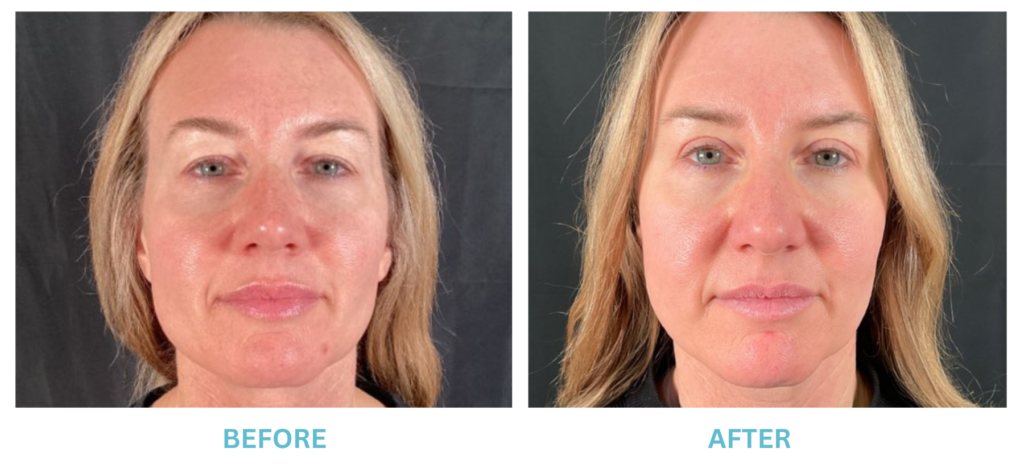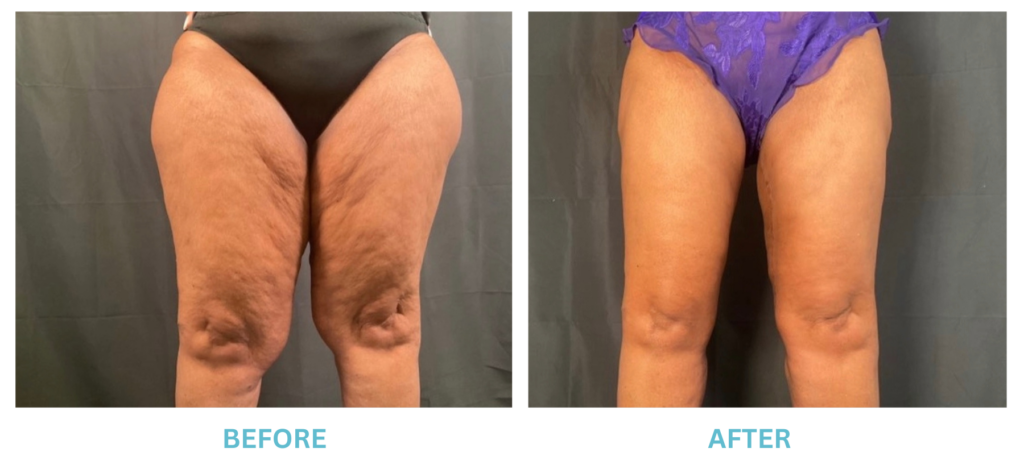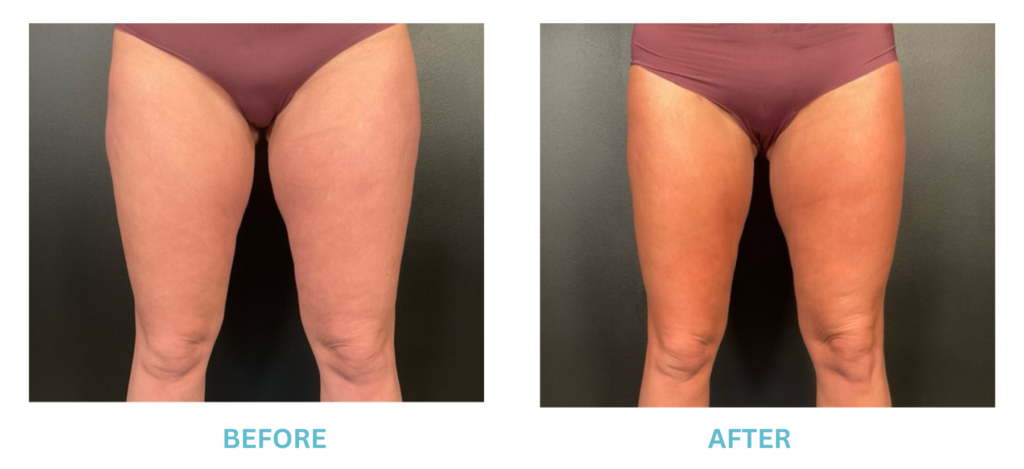To Where To Buy Sinequan Online Visit Our Pharmacy ↓

Patient Considerations for Choosing between Treatments
They often share stories of reclaimed sleep quality, with Sinequan's sedative properties helping them to establish a more regular sleep pattern, thus improving overall well-being. Like all medications, Sinequan can cause various side effects, ranging from mild to severe. Throughout this production journey, stringent quality control measures are in place to ensure that each batch of Sinequan meets the high standards set during its initial development, ensuring that patients receive a safe and effective treatment option. It was believed to have a calming effect on the mind and relieve symptoms of sadness and despair. Such adverse effects often contrast with the side effect profile of newer antidepressants, notably SSRIs (Selective Serotonin Reuptake Inhibitors) and SNRIs (Serotonin and Norepinephrine Reuptake Inhibitors), which typically present with nausea, insomnia, sexual dysfunction, and sometimes agitation. Its unique composition also blocks histamine receptors, which further contributes to its sleep-promoting effects. These civilizations discovered that certain plants, when consumed or applied externally, could alleviate various health conditions.
Coping Strategies for Side Effects
Her narrative is echoed by many who share similar sentiments of transformation and relief. Managing anxiety and depression with sinequan often brings patients notable relief due to its effective compound medication. Patients with anxiety find Sinequan helpful in reducing excessive worry, panic attacks, and generalized anxiety symptoms. Once Sinequan has passed through the necessary laboratory testing and received approval from regulatory bodies such as the FDA, the production process begins. Alcohol is a central nervous system depressant, and its interaction with Sinequan can result in excessive drowsiness, dizziness, and impaired motor functions. Psychiatrists began exploring its use in treating anxiety disorders, insomnia, and chronic pain conditions, recognizing its versatile pharmacological profile. The journey was marked by a rigorous examination of its antidepressant effects, along with a growing awareness of its sedative properties, which played a crucial role in treating patients with sleep disturbances associated with depression.
Exploring the Science Behind Sinequan's Effectiveness
Here is the text for the first outline point:. Moreover, ongoing monitoring and open communication with your healthcare provider help ensure that the chosen anxiety treatment aligns with your well-being and treatment goals. Common reactions include drowsiness, dry mouth, and dizziness, which some users may experience as a “hangover” effect the morning after taking the medication. By the 19th century, pharmaceutical advancements allowed for the extraction of the active compounds in Sinequan, leading to the creation of more potent and standardized remedies. It's essential to weigh the positive outcomes against the possible drawbacks to make an informed decision about incorporating Sinequan into a comprehensive treatment plan. Compared to "happy pills" like benzodiazepines or newer sleep aids, Sinequan, a tricyclic antidepressant, operates through a different mechanism—targeting neurotransmitters in the brain. In the 1960s, amidst a thriving period for psychopharmacological research, scientists were probing the depths of tricyclic compounds in the hunt for new psychotropic medications.
Real-life Experiences and Testimonials with Sinequan
Research and innovation in the field of antidepressant therapies continue to offer promising prospects for the future of Sinequan and similar treatments. Other potential side effects to be aware of include dizziness, headache, and sexual dysfunction. However, it's crucial to be aware of potential side effects and risks when considering Sinequan for sleep issues. However, traditional antidepressants also have their drawbacks. Let's delve deeper into the comparative analysis to shed light on the nuances of each option. Additionally, personal preferences and lifestyle should be taken into account. Keeping a journal or using a side effect tracking app can aid in organizing this information effectively.
Unpacking Sinequan's Mechanism of Action
It requires transparent communication with patients about the benefits and risks of off-label drug use, and a collaborative decision-making process that respects the patient's right to make informed choices about their treatment options. By incorporating Sinequan into a comprehensive sleep hygiene routine, individuals can unlock deeper, more restorative slumber. These effects not only compromise safety in situations that require alertness, such as driving or operating machinery but can also severely impact an individual's decision-making abilities. Many patients report a marked improvement in their ability to handle stress and daily challenges. Sinequan, also known by its generic name doxepin, acts on the brain in a multifaceted way to alleviate symptoms of anxiety and depression. For instance, research published in peer-reviewed journals indicates that patients with generalized anxiety disorder (GAD) receiving Sinequan often report a significant decrease in the intensity of their anxiety compared to those on placebo. In recent years, significant advancements have been made in the usage and integration of Sinequan into modern medicine.
Navigating Support and Resources for Better Choices
As research expanded, Sinequan's application in treating anxiety-related conditions received increased attention, paving the way for its reputation as a versatile agent in mental health management. Its affinity for histamine H1 receptors contributes to its sedative qualities, a characteristic that differentiates it from other antidepressants. It primarily works by inhibiting the reuptake of serotonin and norepinephrine, thereby increasing the levels of these substances in the brain. It functions by inhibiting the reuptake of two critical neurotransmitters: norepinephrine and serotonin. Its utility in treating a broad spectrum of conditions underscores the importance of personalized medicine in psychiatry, where one size does not fit all. One particularly compelling story involves a woman who, after years of battling severe depression, found stability and peace through Sinequan. It primarily influences the serotonin and norepinephrine pathways, increasing their concentration by inhibiting their reuptake into the presynaptic neuron.
Clinical Studies on Sinequan for Insomnia Relief
Engineered to tackle the symptoms of depression by influencing neurotransmitter activity in the brain, Sinequan functions by inhibiting the reuptake of serotonin and norepinephrine, thereby increasing their levels. Unlike common options like benzodiazepines and Z-drugs, Sinequan has a lower risk of dependency, making it a safer long-term choice for some patients. Sinequan, also known by its generic name doxepin, is a tricyclic antidepressant primarily used to treat depression and anxiety. However, its impact on health is vast and varies significantly with the amount consumed and the frequency of consumption. It involves carefully assessing the individual's response to the medication and making necessary modifications to achieve optimal therapeutic effects. One user shared that Sinequan had transformed their life by dramatically reducing anxiety levels that had plagued them for years. Approved by the FDA, Sinequan has gained recognition for its multifaceted benefits beyond just treating depression.
Strategic Dosage: Maximizing Benefits, Minimizing Risks
Traditional antidepressants, on the other hand, include selective serotonin reuptake inhibitors (SSRIs), serotonin-norepinephrine reuptake inhibitors (SNRIs), and others. Paragraph 2: Traditional medicine practitioners recognized the potential of Sinequan in treating mental health conditions. Sinequan, chemically known as doxepin, belongs to a class of medications called tricyclic antidepressants (TCAs). Sinequan, initially developed as an antidepressant, has a storied history in the realm of anxiety management. Doxepin can also interact with other medications and substances, including alcohol and benzodiazepines, leading to increased sedation or other adverse effects. While not conventionally recognized as a pain reliever, the repurposing of Sinequan for pain management reflects a growing trend in pharmaceutical care where medications reveal secondary, beneficial effects that can address the complex layers of chronic pain conditions. Healthcare professionals customarily initiate treatment with the lowest effective dose and then carefully adjust it based on the patient’s response and tolerance to the medication, ensuring an individualized treatment plan.
Insomnia: Causes and Current Treatment Options
Working closely with healthcare professionals can also help identify alternative treatment options or adjust the dosage of Sinequan to minimize potential weight gain. A thorough discussion with your physician about your medication history, lifestyle, and specific symptoms is necessary. Understanding these distinctions can help patients and healthcare providers make more informed decisions tailored to individual needs. As clinicians observed its multifaceted effects, Doxepin began to be prescribed for conditions beyond major depressive disorder. Ultimately, the decision of which antidepressant to choose is a personal one that should be based on a thorough evaluation of your individual needs and preferences. Regular assessments aid in identifying whether the benefits continue to outweigh any adverse effects or if there is a need to explore alternative therapeutic options. Its primary effect is the alleviation of symptoms associated with depression and other related mood disorders.
Sinequan's Potential Role in Treating Social Anxiety Disorder
Over time, the dosage may be adjusted based on your individual response and specific needs. The therapeutic effectiveness of Sinequan in depression treatment is evidenced by its capacity to mitigate the pervasive feelings of sadness, anxiety, and hopelessness characteristic of the condition. Its efficacy in improving mood, anxiety, and sleep patterns stems from its action on various neurotransmitter systems in the brain, including serotonin and norepinephrine reuptake inhibition. Common reactions include drowsiness, dizziness, dry mouth, and blurred vision. Its approval by regulatory authorities marked a pivotal moment, setting the stage for its widespread use in clinical practice. To manage these, it’s advisable to follow the Sig precisely on your script to minimize risks and consult your healthcare provider for tailored advice. Initially developed and approved as an antidepressant, Sinequan also exhibits significant benefits for individuals suffering from chronic insomnia.






























































































